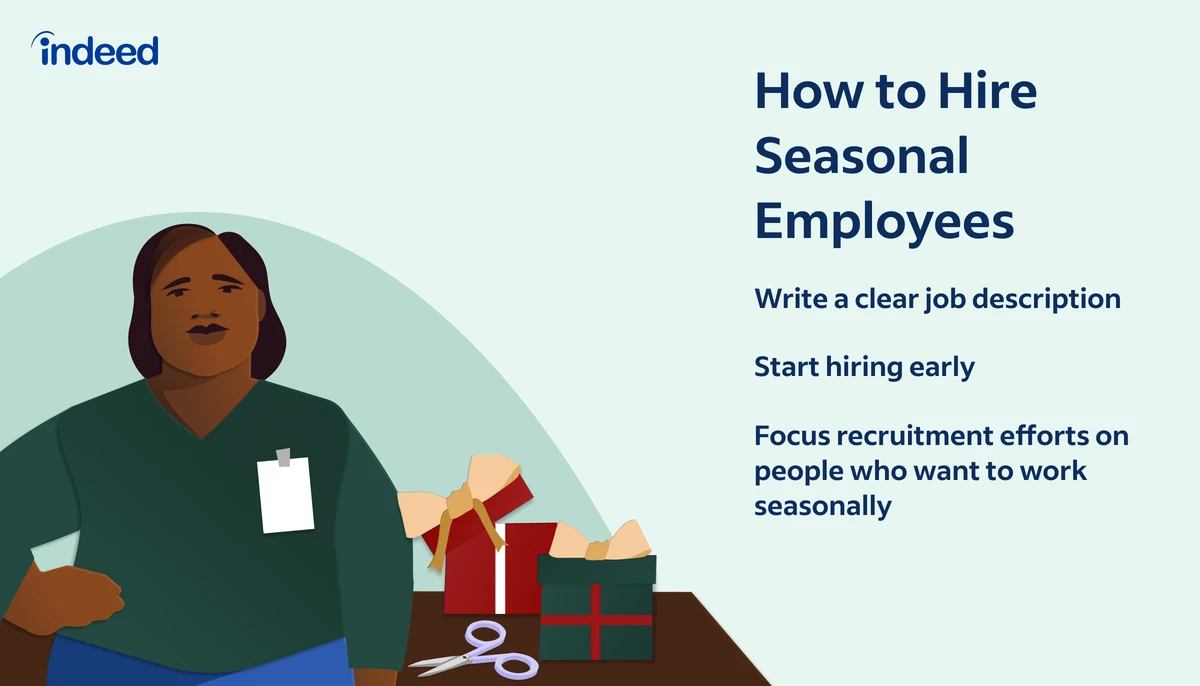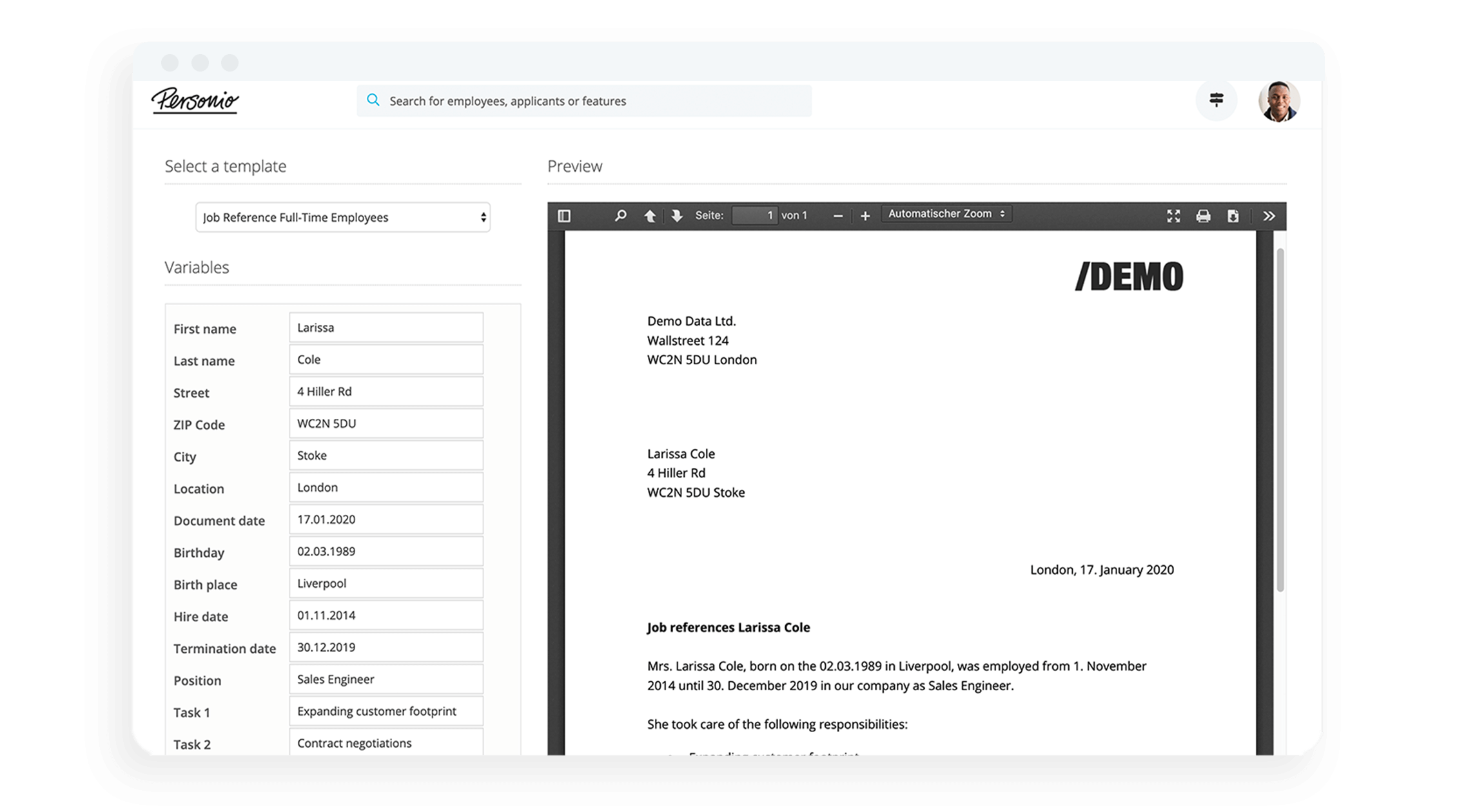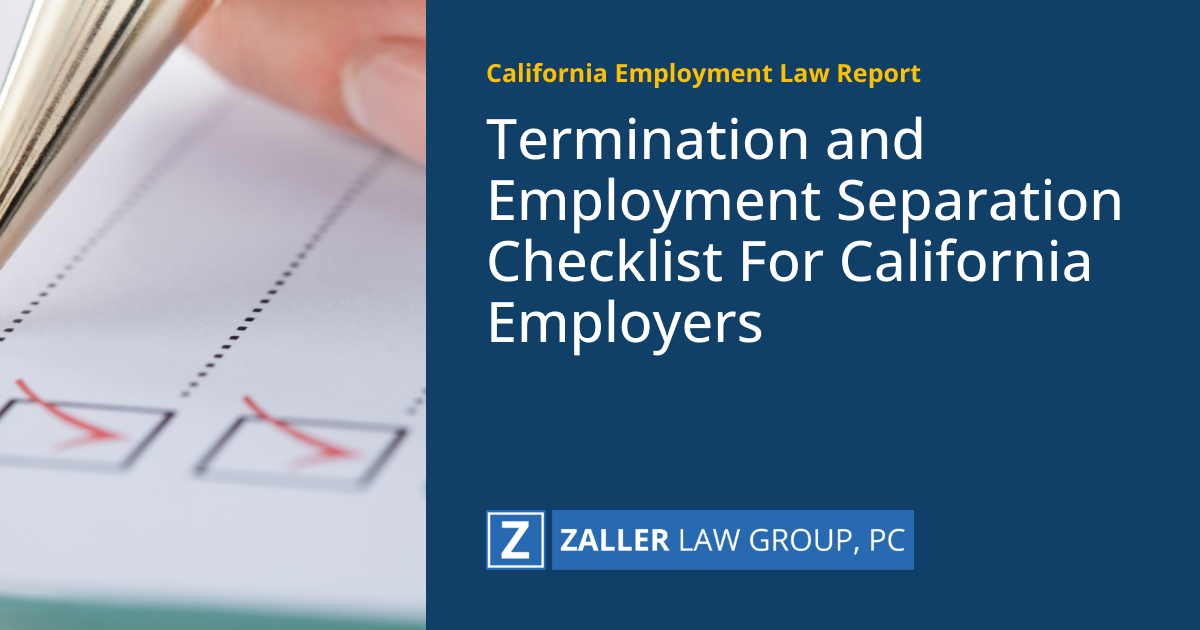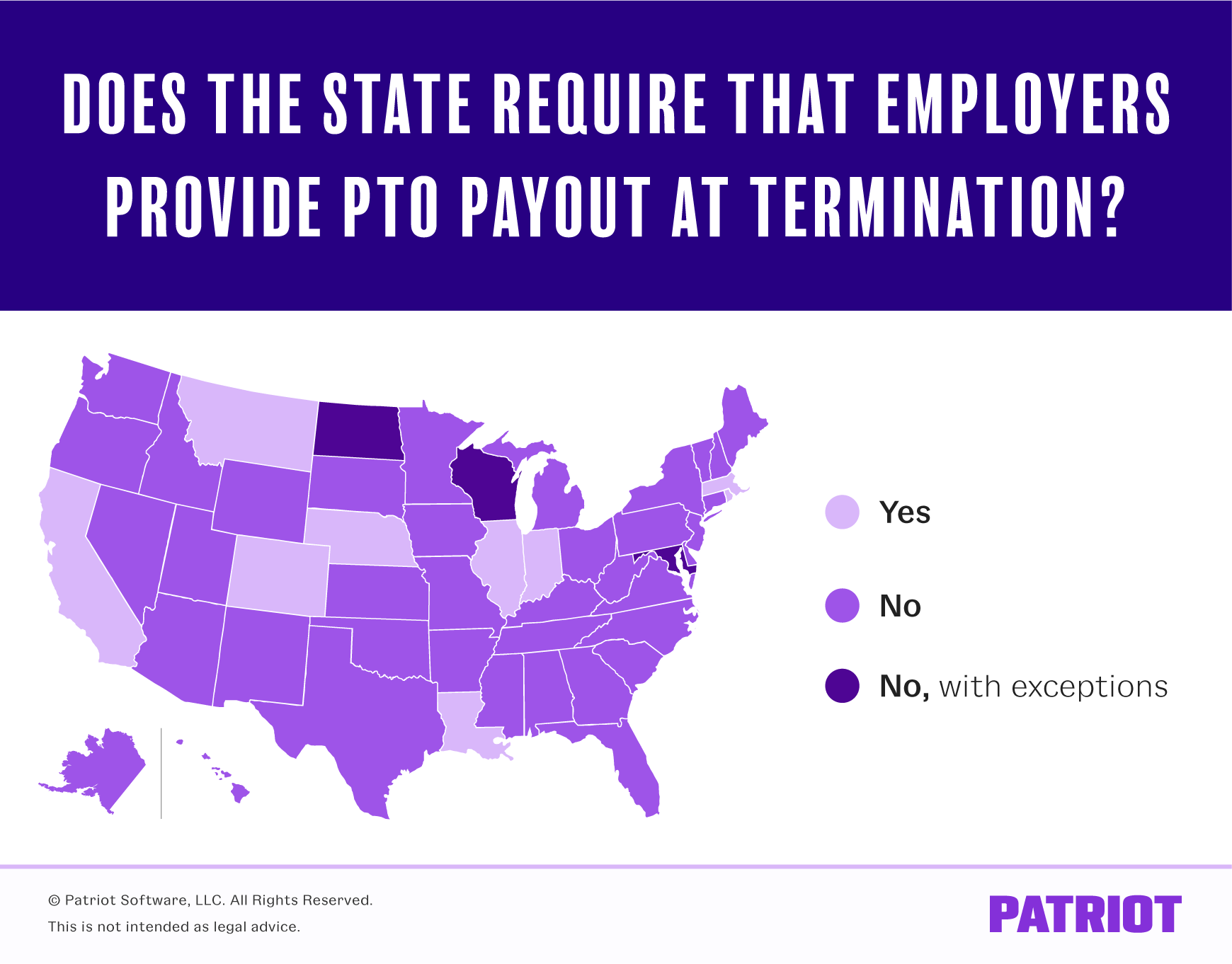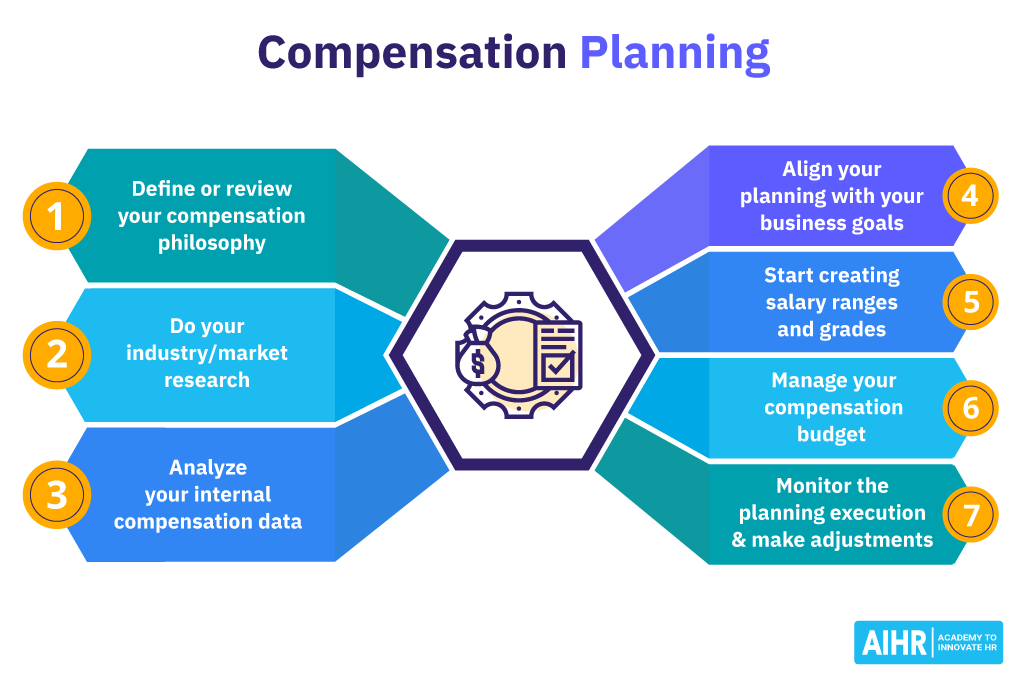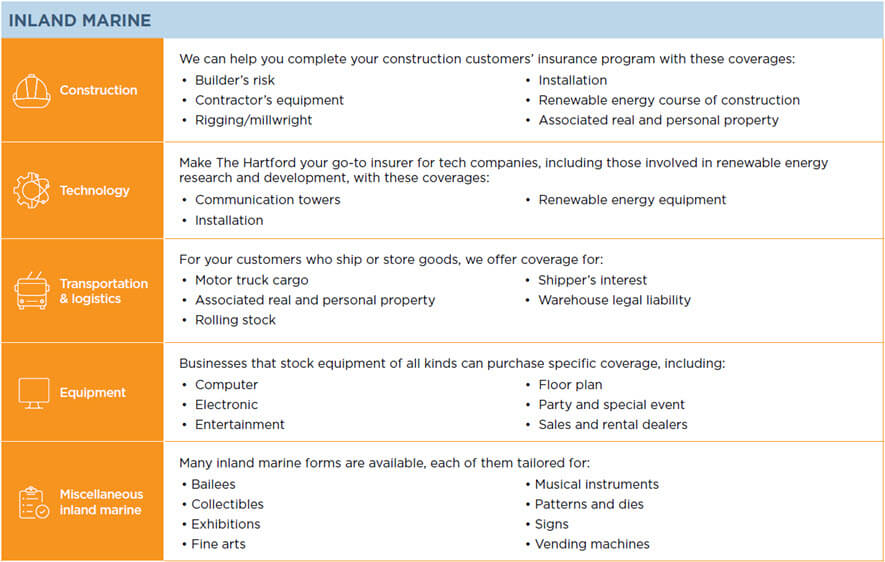Hiring seasonal employees is a critical task for many businesses, especially during peak periods like holidays or summer months. Finding the right temporary staff can ensure smooth operations, maintain customer satisfaction, and help meet increased demand. However, the hiring process requires careful planning to attract qualified candidates, onboard them efficiently, and comply with labor laws. From crafting clear job descriptions to streamlining training, employers must balance speed and quality in their seasonal hiring strategy. This article provides actionable tips to simplify the process, reduce turnover, and build a reliable workforce—helping businesses maximize productivity while minimizing potential hiring pitfalls.
Here’s your HTML subtitle along with detailed explanations and five H3 subtitles:
Best Practices for Hiring Seasonal Employees Efficiently
1. Plan Ahead to Meet Seasonal Demand
To ensure a smooth hiring process, start planning early by forecasting your staffing needs based on historical data or projected sales. Identify critical roles and set clear job descriptions to attract the right candidates. Proper planning also allows time for training and onboarding, reducing delays during peak seasons.
| Key Steps | Timeline |
|---|---|
| Forecast staffing needs | 3-4 months before season |
| Post job listings | 2-3 months before season |
| Conduct interviews | 1-2 months before season |
2. Write Clear and Attractive Job Descriptions
A well-crafted job description helps filter qualified applicants by specifying seasonal expectations, required skills, and schedule flexibility. Highlight perks like employee discounts or bonus opportunities to make the role more appealing. Transparency about the temporary nature of the job prevents misunderstandings later.
| Inclusion | Purpose |
|---|---|
| Job duration | Clarifies temporary status |
| Key responsibilities | Sets expectations |
| Benefits | Attracts candidates |
3. Streamline the Recruitment Process
Speed is crucial when hiring for seasonal roles. Use digital tools like applicant tracking systems (ATS) or virtual interviews to screen candidates efficiently. Pre-recorded video interviews or skills assessments can help narrow down applicants quickly without sacrificing quality.
| Tool | Benefit |
|---|---|
| ATS | Automates resume screening |
| Video interviews | Saves time and resources |
| Skills tests | Evaluates candidate fit |
4. Prioritize Onboarding and Training
Even for short-term roles, effective onboarding ensures seasonal employees are productive quickly. Create condensed training programs focusing on essential tasks, and assign mentors to answer questions. Clear documentation and checklists help maintain consistency during busy periods.
| Training Element | Impact |
|---|---|
| Shadowing | Boosts confidence |
| Quick-reference guides | Reduces errors |
| Feedback sessions | Improves performance |
5. Offer Incentives to Retain Top Performers
Seasonal employees may return for future roles if they feel valued. Offer incentives like performance bonuses, flexible scheduling, or opportunities for permanent positions. Recognizing their contributions fosters loyalty and reduces turnover costs in subsequent seasons.
| Incentive | Advantage |
|---|---|
| Referral bonuses | Encourages peer recruitment |
| End-of-season bonuses | Motivates retention |
| Rehire priority | Builds a reliable talent pool |
No conclusion is included as requested. Let me know if you’d like adjustments!
What is a disadvantage of being a seasonal worker?
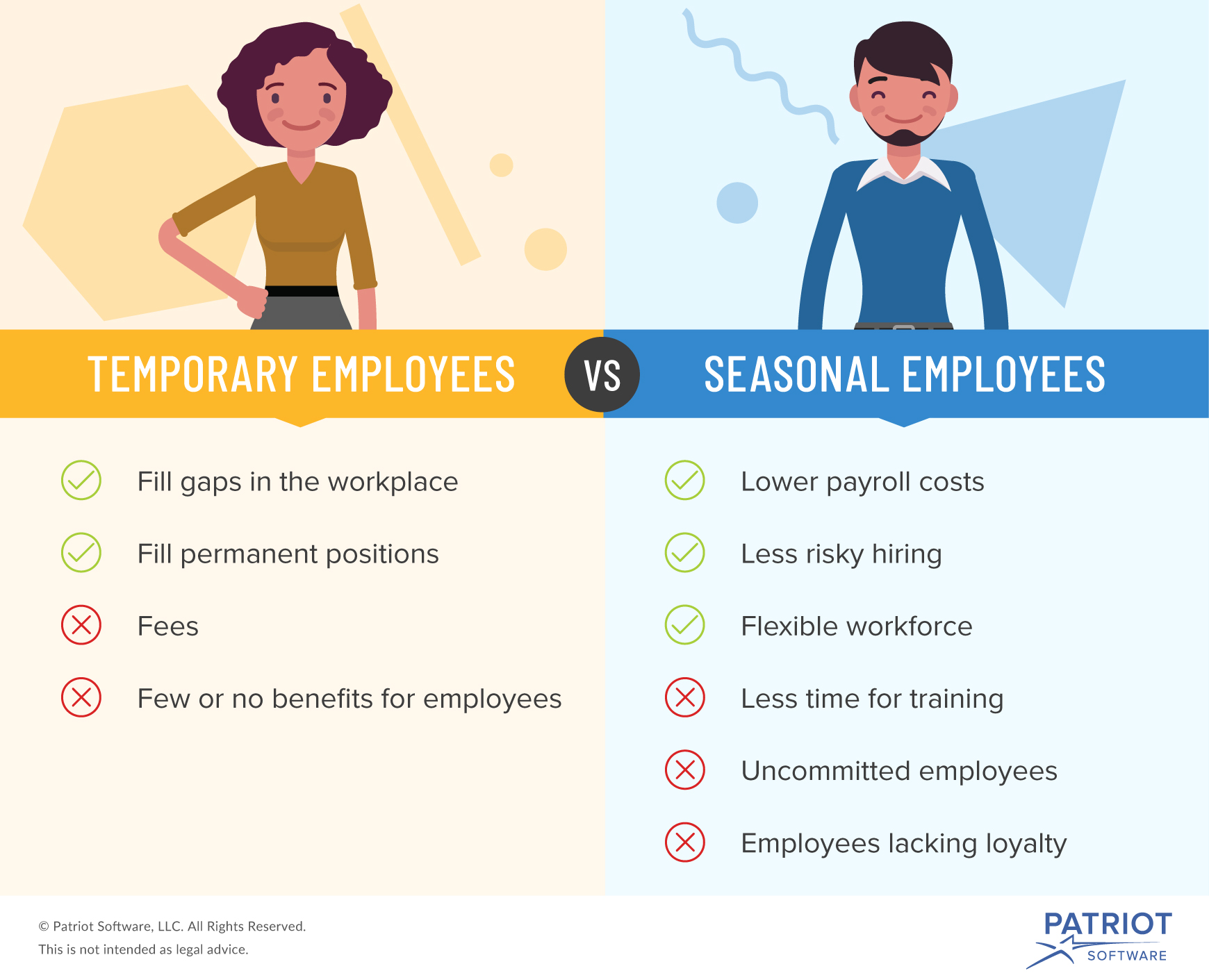
Income Instability and Financial Uncertainty
A major disadvantage of being a seasonal worker is the lack of stable income. Unlike full-time employees, seasonal workers experience fluctuating paychecks, making it difficult to manage long-term financial obligations.
- Unpredictable earnings due to varying work hours and temporary contracts.
- Difficulty securing loans or mortgages because of irregular income documentation.
- Challenges in budgeting for essential expenses like rent, utilities, or healthcare.
Limited Job Benefits and Protections
Seasonal workers often miss out on the benefits and protections that permanent employees receive, leaving them financially vulnerable.
- No access to health insurance or retirement plans provided by employers.
- Minimal or no paid leave, sick days, or overtime privileges.
- Higher risk of sudden job termination without severance packages.
Difficulty Building Long-Term Career Growth
Seasonal employment rarely offers opportunities for career advancement, making it tough for workers to develop professionally.
- Lack of skill development due to short-term, repetitive tasks.
- Minimal networking opportunities with employers for future job prospects.
- No clear path to promotions or permanent positions within the company.
How do you engage seasonal employees?
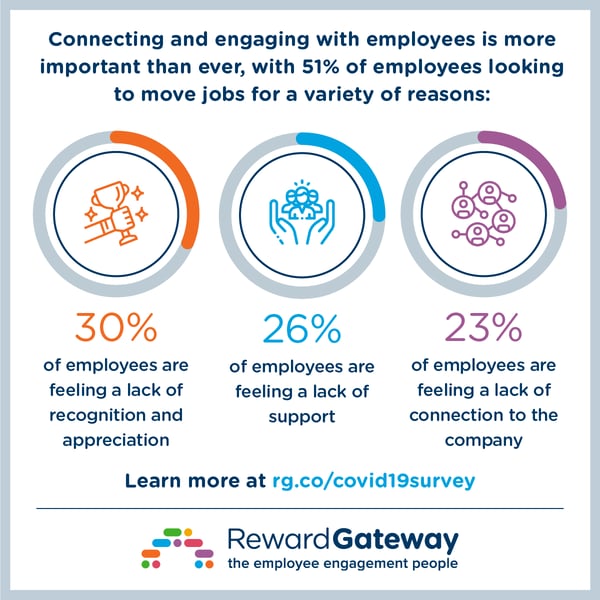
Provide Clear Expectations and Training
Engaging seasonal employees starts with setting clear expectations from day one. Communicate their roles, responsibilities, and performance metrics to avoid confusion. Offer structured training programs to ensure they are well-prepared for their tasks.
- Define job responsibilities in detail during onboarding.
- Use shadowing or mentorship programs to facilitate hands-on learning.
- Provide quick reference guides for key processes.
Offer Incentives and Recognition
Motivation plays a crucial role in keeping seasonal workers engaged. Implement incentive programs tied to performance and recognize their contributions publicly to boost morale.
- Introduce bonus programs for meeting targets.
- Acknowledge top performers in team meetings or newsletters.
- Provide small rewards like gift cards for consistent effort.
Foster a Supportive Team Environment
Create an inclusive atmosphere where seasonal employees feel valued. Encourage interaction with permanent staff through team-building activities to strengthen collaboration.
- Organize welcome events to integrate them into the team.
- Assign a buddy system for peer support.
- Encourage open communication to address concerns promptly.
What is the minimum wage for seasonal employees?
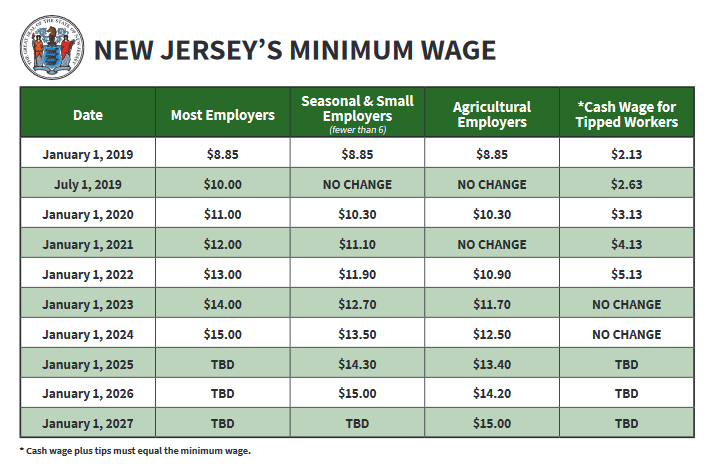
The minimum wage for seasonal employees varies depending on the country, state, or local jurisdiction. In the United States, for example, seasonal workers are generally entitled to the federal minimum wage of $7.25 per hour, unless the state or city has a higher minimum wage. Some states, like California and New York, have higher minimum wages, which also apply to seasonal employees. Employers must comply with the highest applicable wage (federal, state, or local).
How Does Seasonal Employment Affect Minimum Wage?
Seasonal employment does not exempt employers from paying at least the minimum wage required by law. Here are key points to consider:
- Seasonal workers are entitled to the same minimum wage as permanent employees under federal and most state laws.
- Some industries, like hospitality or retail, may have specific rules, but they cannot pay below the mandated minimum.
- Tips or piece-rate pay must still equate to at least the minimum wage when combined with base pay.
Are There Exceptions for Seasonal Workers?
While most seasonal employees must receive the standard minimum wage, there are a few exceptions:
- Youth workers (under 20) may be paid a lower training wage for the first 90 days.
- Certain small businesses or agricultural workers might fall under different rules depending on the state.
- Workers who receive tips may have a lower base pay, but their total earnings must meet or exceed the minimum wage.
How to Verify the Minimum Wage for Seasonal Jobs?
To ensure compliance with minimum wage laws, follow these steps:
- Check the U.S. Department of Labor or your state’s labor department website for current rates.
- Review local ordinances, as some cities have higher minimum wages than the state or federal level.
- Consult with an employment attorney or HR professional if unsure about specific seasonal employment rules.
Frequently Asked Questions
When is the best time to start hiring seasonal employees?
The ideal time to start recruiting seasonal employees depends on your industry and peak demand periods. For retail and hospitality, begin the process at least 2-3 months in advance to ensure you attract qualified candidates before competitors. For holiday-specific roles, starting in early fall is recommended. This allows sufficient time for training and onboarding, so employees are fully prepared when your peak season begins.
What are the most effective ways to attract seasonal workers?
To attract high-quality seasonal workers, leverage multiple channels such as job boards, social media, and local community postings. Offering flexible hours, competitive pay, and employee discounts can make your openings more appealing. Highlighting potential for permanent employment or a positive work environment in your job ads can also help draw motivated candidates who align with your business needs.
How do I ensure seasonal employees are properly trained in a short time?
Streamline training by focusing on essential skills and tasks first. Use pre-recorded videos, checklists, or shadowing to accelerate the learning process. Assigning a mentor or buddy from your permanent staff can provide new hires with immediate support. Additionally, conduct role-specific training sessions to ensure seasonal workers understand their responsibilities quickly while maintaining quality standards.
What legal considerations should I keep in mind when hiring seasonal staff?
Complying with labor laws and regulations is crucial when hiring seasonal employees. Clearly classify workers as temporary or part-time to avoid misclassification issues. Ensure proper documentation, including tax forms and employment contracts, is completed. Be aware of overtime rules, break requirements, and minimum wage laws in your region to avoid legal risks and create a fair working environment for all employees.
